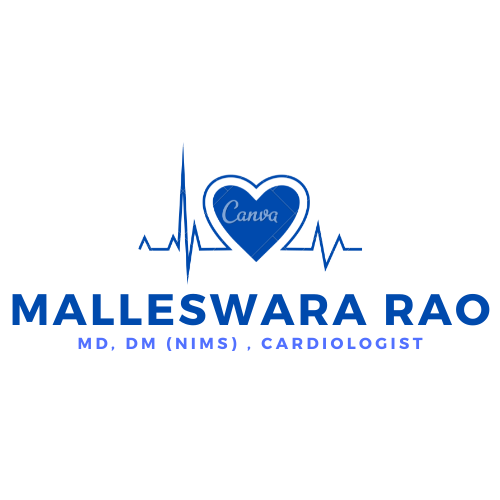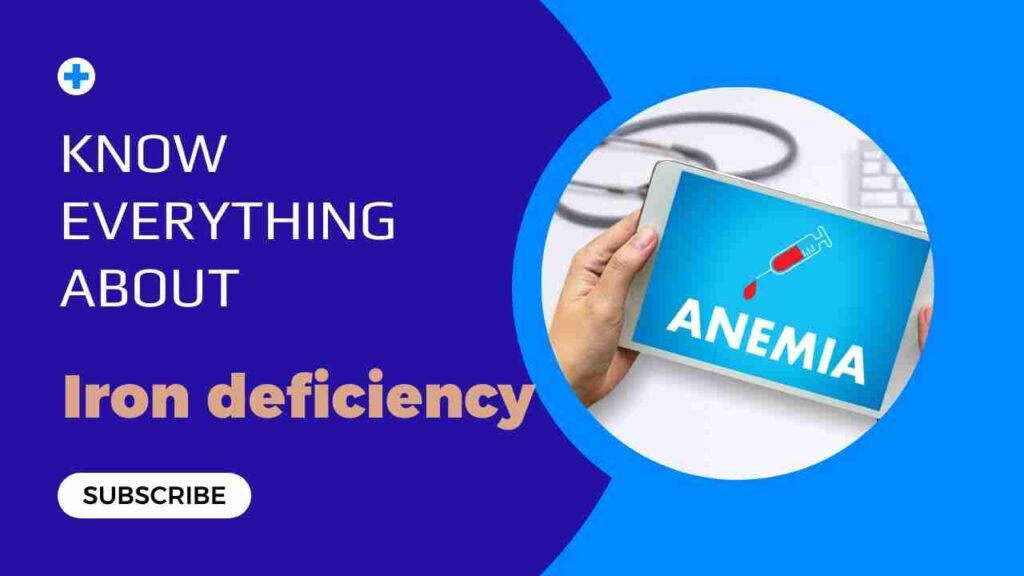Iron plays a crucial role in our body. Iron is necessary for synthesizing hemoglobin, the protein responsible for carrying oxygen in red blood cells. When we don’t get enough of Iron, it can lead to several health problems. So, let’s dive into the topic and explore the causes, symptoms, and treatment options for iron deficiency.
THE FOUR MAIN CAUSES OF IRON DEFICIENCY
- Inadequate dietary intake of iron-rich foods.
- Poor absorption of iron due to gastrointestinal disorders like celiac disease or Crohn’s disease.
- Long-standing Blood loss such as heavy menstrual periods,
- Pregnancy and breastfeeding, which increase the demand for iron.
SYMPTOMS
Here are the few common symptoms of iron deficiency anemia
- Fatigue and weakness.
- Pale skin and pale mucous membranes (inside eyelids and gums).
- Brittle nails
- Hair loss
- Dry and damaged skin
- Shortness of breath especially with exertion.
- Chest pain
- Fast heartbeat or Heart palpitations especially with exertion
- Headaches
- dizziness.
- Cold hands and feet.
- Restless legs syndrome (an uncomfortable sensation in the legs, often relieved by movement).
- Difficulty concentrating and poor cognitive function.
- Soreness and inflammation of the tongue (glossitis).
- Unusual cravings for non-nutritive substances like ice, clay, or dirt (a condition called pica).
- Poor appetite
TREATMENT
Treatment options for iron deficiency include
- Oral Iron supplementation in the form of tablets, capsules, or syrup
- Blood transfusions – In severe cases of iron deficiency anemia, blood transfusions may be necessary to replenish iron levels quickly.
- Intravenous iron therapy -In cases where oral iron supplements are not effective or tolerated, iron may be administered intravenously under medical supervision.
It’s important to note that the specific treatment plan may vary depending on individual factors and the severity of iron deficiency.
Dietary changes
Increasing the consumption of iron-rich foods
Few iron-rich foods are
- red meat
- poultry
- fish
- legumes
- leafy green vegetables
- dry fruits
- fortified cereals.
Consuming foods rich in vitamin C
A few vitamin C-rich foods are citrus fruits, strawberries, bell peppers, and broccoli. Vitamin C enhances iron absorption.
Practice Iron-rich cooking methods
One such example is Using cast-iron cookware which can increase the iron content of cooked food.
Treating underlying causes
Addressing any underlying conditions or factors contributing to iron deficiency, such as treating gastrointestinal disorders or managing heavy menstrual bleeding.
Regular monitoring
Regular blood tests to monitor iron levels and adjust treatment as needed.
Lifestyle modification
Adopting healthy habits, such as managing stress, getting regular exercise, and maintaining a balanced diet, to support overall health and iron absorption.
Follow-up care
Regular follow-up appointments with a healthcare professional to monitor iron levels and ensure ongoing treatment effectiveness.

